-
•
•
6 responses

Holidays make me think of traditions, especially the food and family traditions of Thanksgiving and Christmas. But that makes me think about other traditions, such as the scriptural “wicked traditions of our fathers,” which then makes me think of the wickedly awesome traditions of my fathers and mothers. (And clearly that is the problem with me thinking.) Read More
-
•
•
18 responses

Pray for the Cougars. Or the Tigers. Take your pick. Either one is fine as far as I’m concerned. Or if you’re not into college football, pray for something else. Read More
-
•
•
13 responses
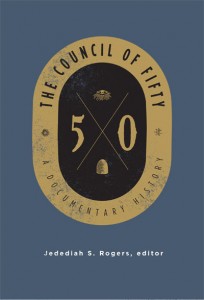
I don’t have time to do a proper review of the 490 pages of The Council of Fifty: A Documentary History (Signature Books, 2014), edited by Jedediah S. Rogers, so I am just going to start writing and see what happens. The book hits the bookshelves today, so it’s a potential Christmas gift for the Mormon history fan in your life. Read More
-
•
•
68 responses
I’ve wondered how much blame for “uninformative” (Pres. Kimball’s description) or “uninspiring” (Elder Holland’s paraphrase) teaching in Gospel Doctrine comes from collective failure. Yes, a good teacher can do wonders, but if many classes don’t really talk about the scriptures in question, it’s because virtually no one but the teacher has read them. Read More
-
•
•
41 responses
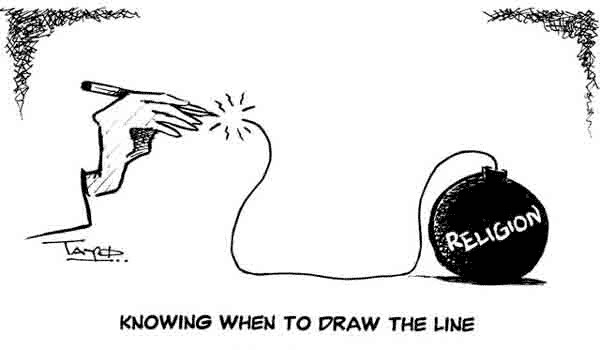
This past Monday one of the radio talk shows I listen to asked about what happened in Church during the weekend. In the wake of the grand jury decisions in Ferguson and Staten Island, the host, Brian Lehrer, asked how the religious sermons given in the region had confronted these decisions. Of course, in LDS congregations this past Sunday was Fast Sunday, leaving the subject of the testimonies given up to those who chose to speak. In my own case, I heard no hint of a mention of these subjects, or any controversial current events, in the testimonies given or… Read More
-
•
•
18 responses
-
•
•
5 responses
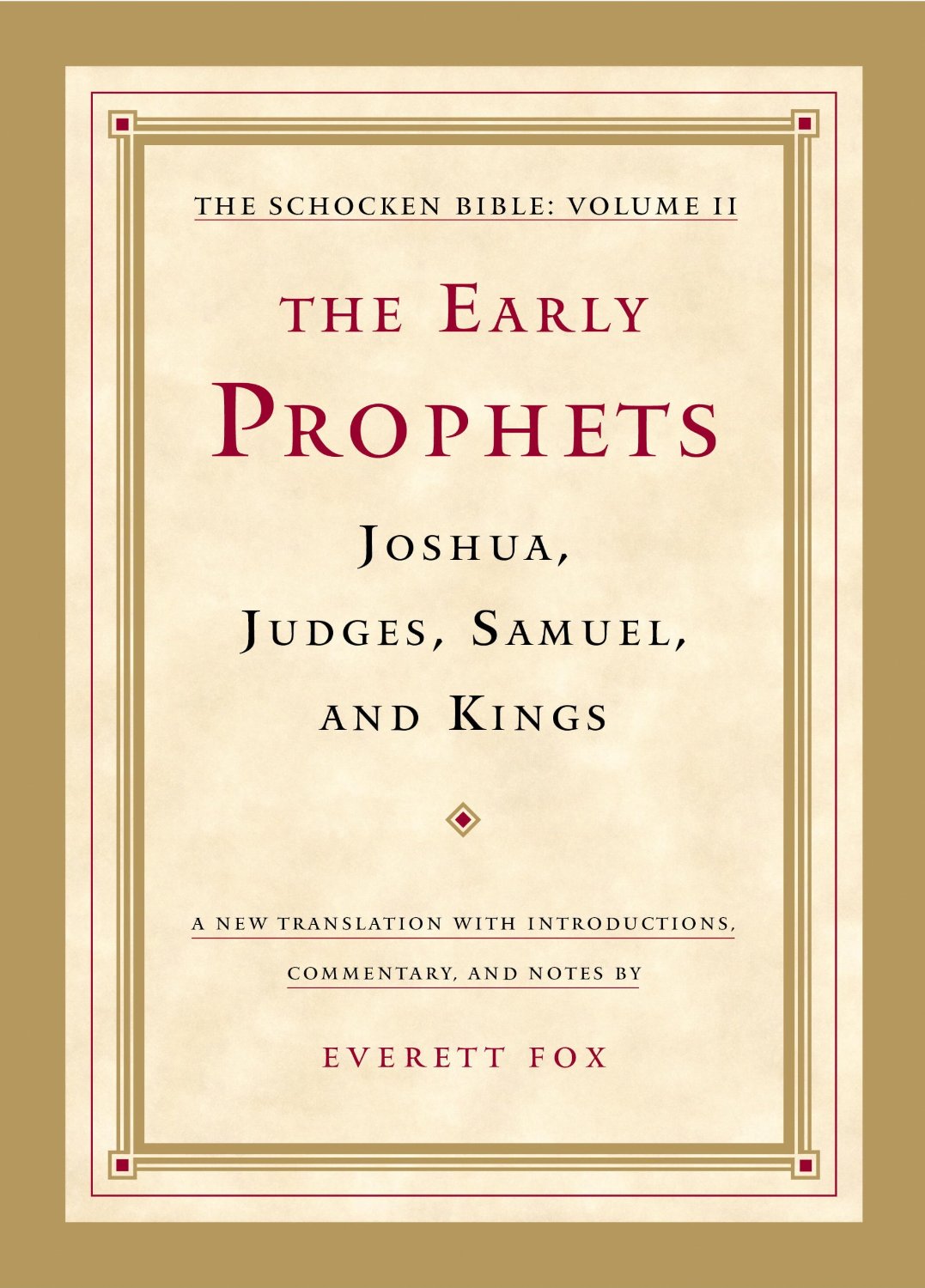
This guest book review was written by frequent commenter Terry H. Read More
-
•
•
111 responses
It is time, once again, to select the Mormon of the Year! Read More
-
•
•
23 responses

Introduction My first posts at Times and Seasons were about epistemic humility, which is the awareness of the limits of knowledge. One of the common responses I got at the time was to ask how conviction was compatible with such an emphasis on uncertainty. The quote I led with (“The wise man doubts often, and changes his mind.”) seemed like a perfect setup for the ominous lines from Yeats’ The Second Coming: “The best lack all conviction, while the worst / Are full of passionate intensity.” The answer is that even if one accepts the adage that “all models are… Read More
-
•
•
21 responses
Continuing with my project to actually read the LDS books I buy, I’m now reading The New Mormon Challenge (Zondervan, 2002), a serious book about Mormonism by a bunch of Evangelical scholars, edited by Francis J. Beckwith, Carl Mosser, and Paul Owen. Apart from our mere existence, two things about us really trouble Evangelicals: our relentless growth (which has apparently leveled off since the book was published) and our huge corps of missionaries (which has ballooned since the book was published). We are a threat. That perhaps explains why Evangelicals feel justified in disparaging Mormons from their pulpits, classrooms, and… Read More
-
•
•
42 responses

I was asked to share a brief testimony of the Prophet Joseph Smith in sacrament meeting last week. To the best of my recollection, this is what I said: Read More
-
•
•
33 responses

Richard Neitzel Holzapfel and Thomas A. Wayment, Jesus the Christ Study Guide Read More
-
•
•
7 responses
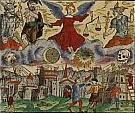
While faith should be founded on truth rather than fiction, we shouldn’t overlook how devotional legends reflect creative and democratic processes of theology-formation. Here, for example, is a faith-promoting legend that might have been Read More
-
•
•
8 responses
I think the recently announced changes to the CES and BYU Religious Education requirements could be really great. Far from paying less attention to the scriptures, as some have worried, I suggest the new model pays more attention to the scriptures, in what might be the most important way. In the scriptures, Christ and the prophets focus their teaching on true doctrine above all, and refer to prior accounts to support this goal. The scriptures are designed to teach us spiritual truths, and these should be the primary focus of teaching today. The scriptural texts are one of the main… Read More
-
•
•
16 responses
(Cross-posted at Benjamin the Scribe.) First, Amazon is offering 30% off any physical book you buy for the next two days, by entering HOLIDAY30 at the checkout. Great time to pick up that hardcover Jewish Study Bible, Jewish Annotated New Testament, NRSV, or similar “expensive” hardcover you can’t get otherwise. Amazon link to the details. Short list. This was really hard to put together, much more than my OT list. Read More
-
•
•
2 responses

Prayers of Gratitude—Sunday, November 9 . . . was the annual Primary Program, one of my favorite Sundays of the year. Though many find this day difficult, I simply have to smile at the unpredictable entertainment, as well as the sincere belief and sincere silliness of little children. Moreover, there is the pleasure of watching someone else discipline my rowdy children while I sit and enjoy whatever message I can glean from the too-close-to-the-microphone yelling of three-year-olds. This year I did get a message. Read More
-
•
•
110 responses

I’ve been having some interesting conversations about the high cost of membership in the Church. We believe, in general, that the cost of being a Mormon is high and that this is a good thing. Sacrifice leads to faith. We pour a lot of time and a lot of energy into the Church, and this helps us value our membership more than if the Church asked less of us. But it can be taken to extremes. There are reasons to say “no” to something our leaders ask of us, and foremost among those is the sake of our families. The… Read More
-
•
•
7 responses

Yesterday at a restaurant with my parents, I heard a nice bluesy instrumental over the audio system. I’m a blues fan, and liked it so much I flagged down the waitress to ask what it was. She went to check, and reported to our mutual surprise, that that particular song was “Slow Blues” by the Wu-Tang Clan! I don’t know much about Wu-Tang or the ODB, but I’m familiar enough to know that this is not their usual genre. Most of their music, from what I can tell, is fairly explicit rap. I imagine their CDs (if they still exist) would… Read More
-
•
•

UPDATED: The original version of this post didn’t include the link to the application form. That link was added on Dec 10, 2014. In the summer of 2015, the Neal A Maxwell Institute at Brigham Young University, with support from the Mormon Scholars Foundation, will sponsor a summer seminar for graduate students, CES educators, and other qualified individuals, on “ORGANIZING THE KINGDOM: PRIESTHOOD, CHURCH GOVERNMENT, AND THE FORMS OF LDS WORSHIP.” The seminar continues the series of seminars on Mormon culture begun in the summer of 1997. This iteration will be conducted by Terryl Givens, Professor of Literature and Religion… Read More
-
•
•
3 responses
As happens every now and then, I had a furious, fortuitous conjoining that so filled the boughs with fruit that they now creak and threaten to break. And language—especially quick language—isn’t likely to succeed in conveying the experience. What follows is a quick, momentary set of notes. But I don’t want to let it pass or hold back; I want to attempt to capture and share a moment of clear resonation. Riding in to work I was reading two books: Christian Wiman’s utterly unparalleled My Bright Abyss (review forthcoming) and Neylan McBaine’s desperately needed Women at Church. The one prepared… Read More
-
•
•
3 responses
And now we hear from Joe Spencer: Read More
-
•
•
15 responses
Today’s entry was written by Grant Hardy: Read More
-
•
•
16 responses
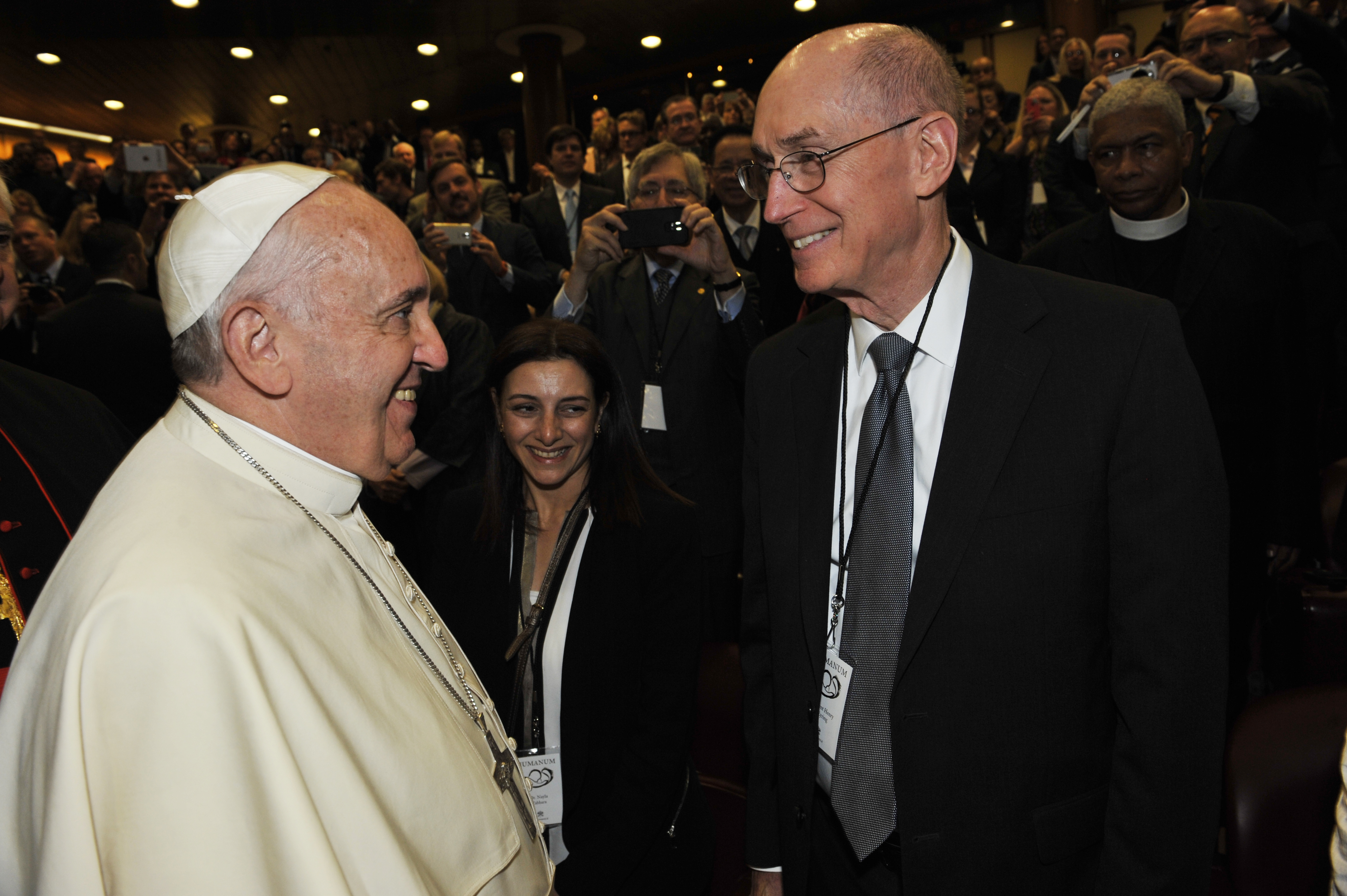
You can read the transcript here; two quick thoughts: Read More
-
•
•
5 responses

I think I’ve kvetched before about how hard it is to plan meaningful FHEs with older kids. Read More
-
•
•
3 responses
This entry is a bit different because it is a sample assignment for one day, not a complete syllabus. Read More
-
•
•
11 responses
Our next entry comes from Matt W. (see the first post and explanation here). Read More
-
•
•
8 responses

You probably think the title is a joke or some nice irony or a typo. It is not. It is not even a feminist manifesto about reclaiming my “voice.” This really is a story about me re-learning to yell. I used to yell. No problem. All I needed was a slight provocation Read More
-
•
•
21 responses
One big change resulting from the new CES and BYU Religious Ed curriculum will be that, instead of two classes on the Book of Mormon, now only one will be required; here is its description: Read More
-
•
•
3 responses
Readers may be interested in a recent episode of the “Research on Religion Podcast,” featuring Quin Monson (BYU) and Dave Campbell (Notre Dame) discussing their new book Seeking the Promised Land: Mormons and American Politics (also co-authored with John C. Green). The book is the first full length study by professional political scientists of the place of Mormons in contemporary American politics. Scholarly discussions of Mormonism tend to be dominated by those trained either as historians or else (more recently) in religious studies. The work of Monson, Campbell, and Green is important because it brings in a bit more disciplinary… Read More
-
•
•
14 responses
I have a few things in my way before being able to work full-time on Genesis 1– a recalcitrant article draft, some travel, volunteer work, etc. In the meantime, I’m making slow but good progress. I’m beginning to suspect the most important parts of the book will be the first two sections dealing with groundwork/assumptions and LDS entanglements with Genesis, not the last two sections on the ancient Near Eastern context or the text/translation itself. I’m interested in a lot of things that are secondary or tertiary to the main thrust of the book, such as the history of biblical interpretation,… Read More
